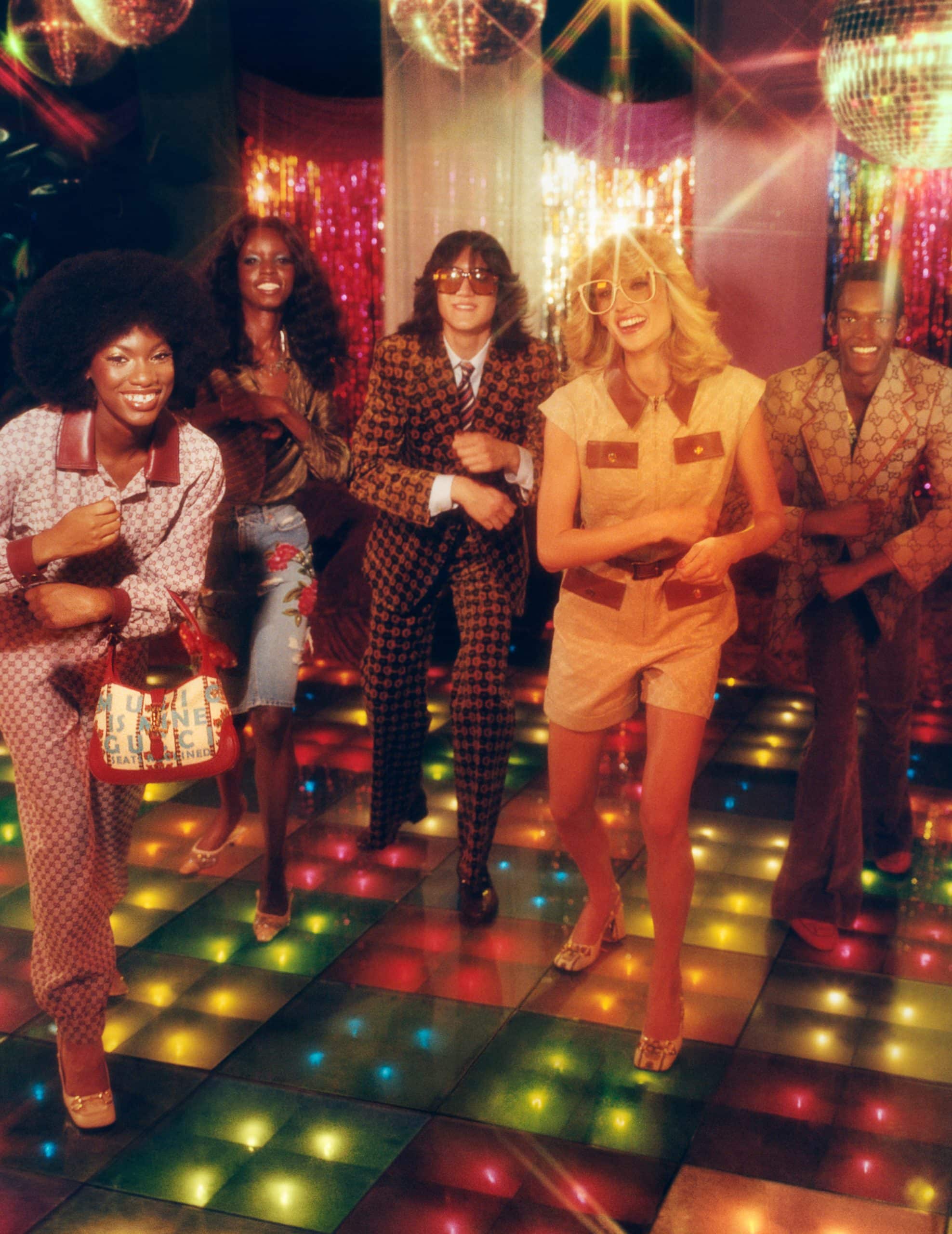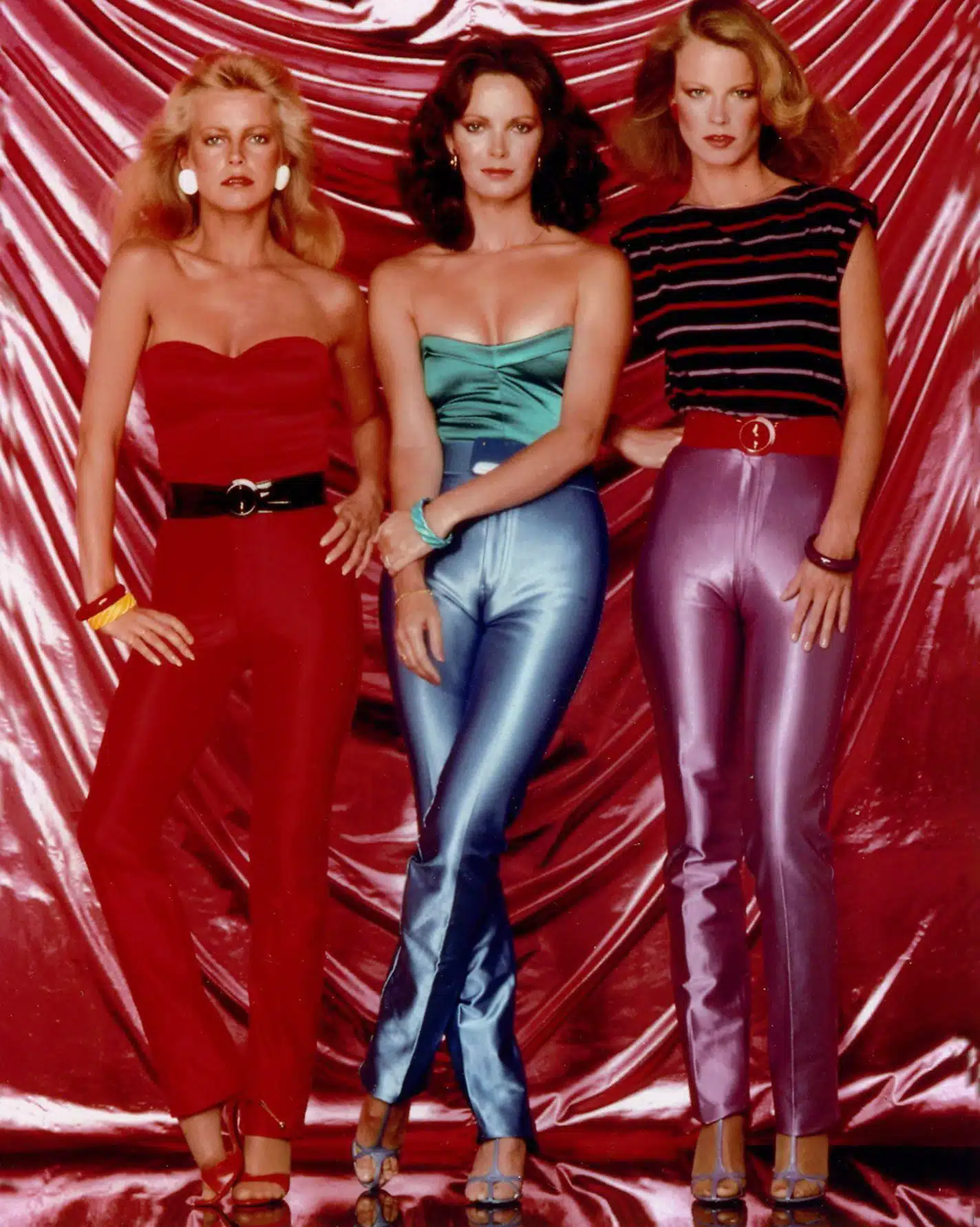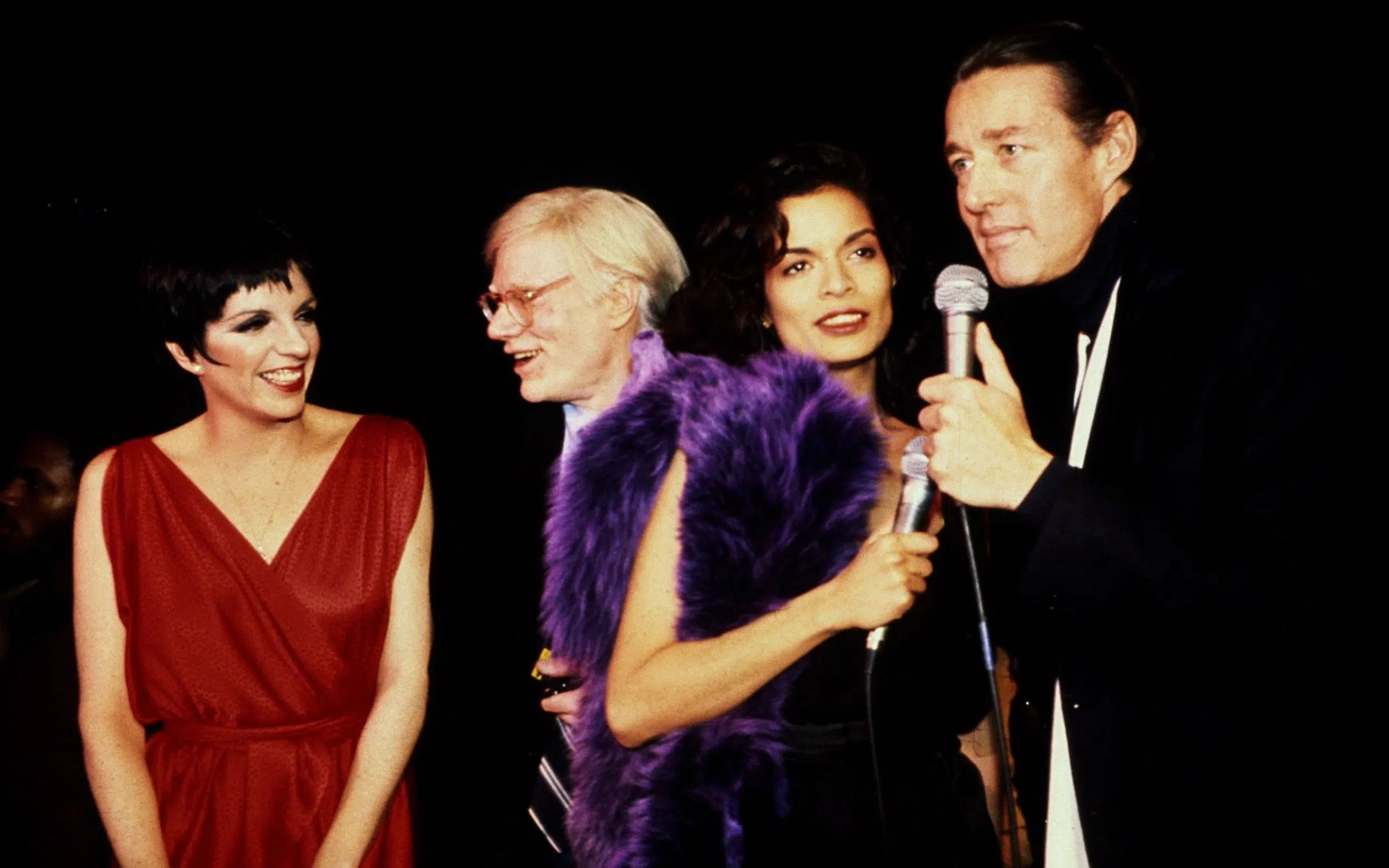Story RED HA PHƯƠNG
Photos UNSPLASH
At its 1970s peak, disco-inspired a wave of glamorous and dazzling fashion styles.

Disco fashion originated on the dance floor, and outfits had to meet the criteria of being comfortable, flowing and sparkling: think of vibrant jumpsuits, flared pants, V-neck dresses that dramatically flutter, shorts, and shimmery materials like sequins or plastic. Disco attire showcased the wearer’s graceful body while helping attract dance partners on the floor. Among the countless discotheques across the United States, New York City’s Studio 54 was perhaps the most legendary. This nightclub was a gathering place for all the most famous stars of the time, including artist Andy Warhol, singer Grace Jones, Mick Jagger of The Rolling Stones, designers Diane Von Furstenberg and Yves Saint Laurent, and writer Truman Capote. In addition to their artistic contributions, they also significantly led trends and shaped disco style in popular culture.
The creativity of the era
When talking about disco fashion, afficionados remember designer Halston, who defined elegance during this era. The handsome, charming American was the favorite of many stars, who eagerly sought out his exquisitely tailored evening gowns and suits. Contrary to the often flashy impression of disco, Halston’s fashion generally focused on comfort and modern femininity. His muses Bianca Jagger and actress Liza Minnelli were friends and loyal clients. When wearing Halston outfits, Bianca Jagger often chose halter designs with striking materials or colors, such as a red sequin dress paired with a matching beret. Liza Minnelli, meanwhile, favored jumpsuits for ease of movement. Halston designed a sleeveless, V-neck sequin jumpsuit and a white silk suit with puffed sleeves for the musical actress and dancer, featuring a silk sash that fluttered with every step. Halston’s designs embodied the spirit of liberation for women’s clothing in the 1970s, prioritizing comfort and gender fluidity.

The gender-fluid aspect of the 70s was perhaps most evident in the flare of the pants. A pair of pants that hugged the thighs and widened at the hem conveyed a feminine feel, and men of this era did not hesitate to wear them. Jeans were the most gender-neutral items of clothing, conveying a youthful spirit and quintessentially American style. At the time, people loved the Fiorucci brand, which became famous for creating tight jeans made from vinyl. Emilio Fiorucci was an Italian designer who enjoyed stirring up his American audiences with bold advertising campaigns. In one example, the brand brought female dancers to the disco floor, dressing them in large sequin dresses spelling out the name “Fiorucci.” Additionally, Fiorucci stores often hosted daytime disco parties to attract customers, with colorful posters reflecting a joyful and glamorous spirit.
And of course, legendary French designer Yves Saint Laurent must be mentioned. Saint Laurent rose to prominence in the 1960s and expanded his market in the US during the 1970s. He launched his legendary Opium perfume line at a party at Studio 54 and was also one of the few French haute couture designers open to mass- produced garments – a trend that emerged in the US and gradually became common in subsequent decades. Although he did not exclusively design for the disco floor, YSL’s style during this period featured comfortable cuts with the typical lengths of the 70s. His collections also used floral motifs or elaborate shimmering materials, reflecting the intricate fashion of the era.

Disco’s afterglow today
Today, disco fashion occasionally resurfaces like a rainbow after a storm, alongside the popularity of its musical namesake. Just as disco music gradually transforms and blends into new genres, the opulent sparkle of disco attire emerges during festive seasons.
From 2017 to 2020, when designer Alessandro Michele was at the helm of Gucci, he drew inspiration from disco for several campaigns and collections. Fast fashion brand H&M also recently collaborated with fashion house Paco Rabanne to launch a limited collection, featuring whimsical dancer outfits with sequin motifs, reminiscent of past party scenes.
Disco is an unforgettable moment in music history and a liberating source of inspiration for women’s fashion innovation. The exuberant, indulgent spirit of the 1970s is vividly highlighted through flamboyant colors and eye-catching materials. Modern wearers now have a sense of timely revelry, keeping those luxurious items in a corner of their wardrobe, waiting for the right party occasion to bring them out. Disco still lives on, peeking out from the hem of a pair of flared pants or a sequin dress worn once a year.










